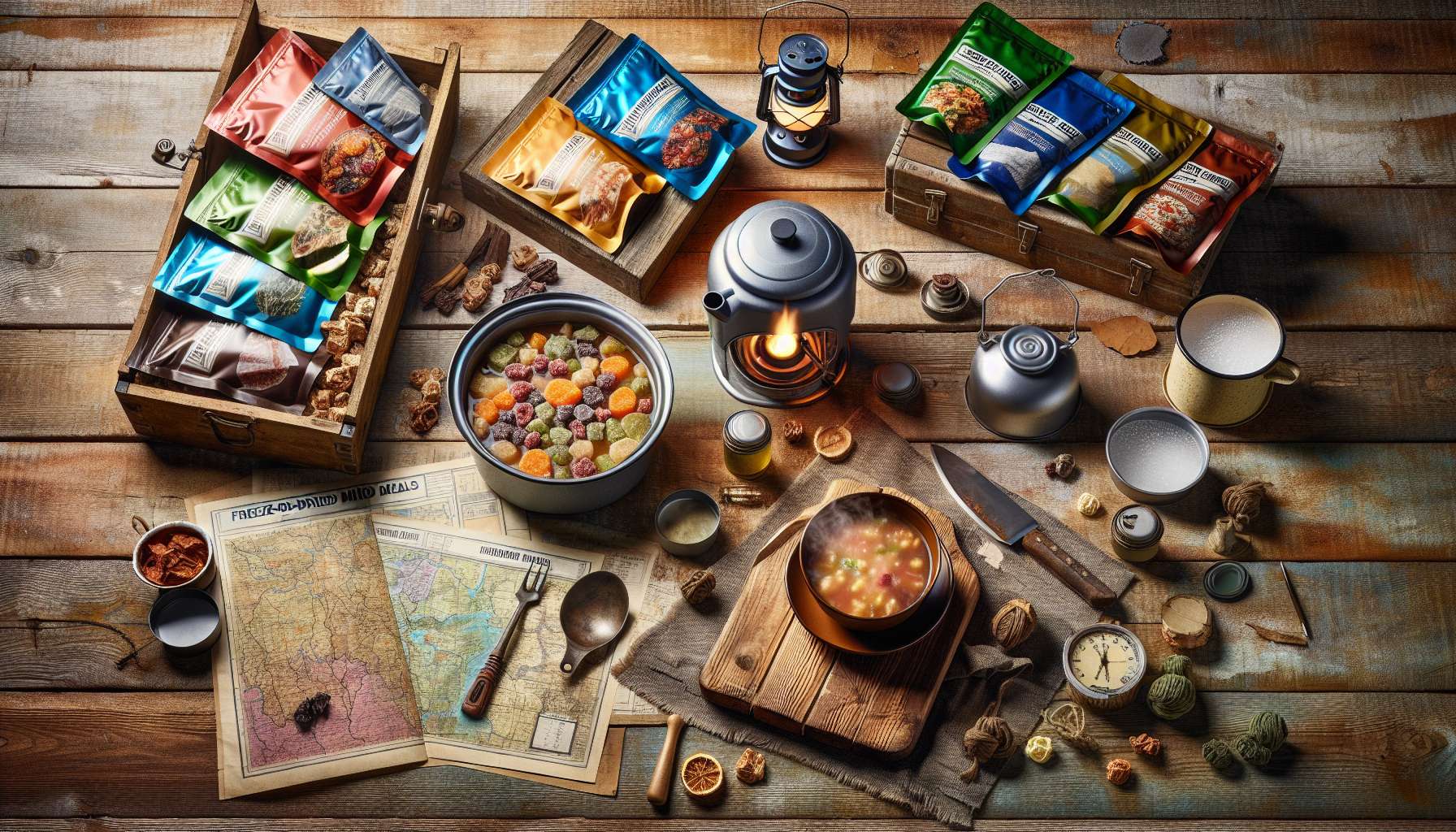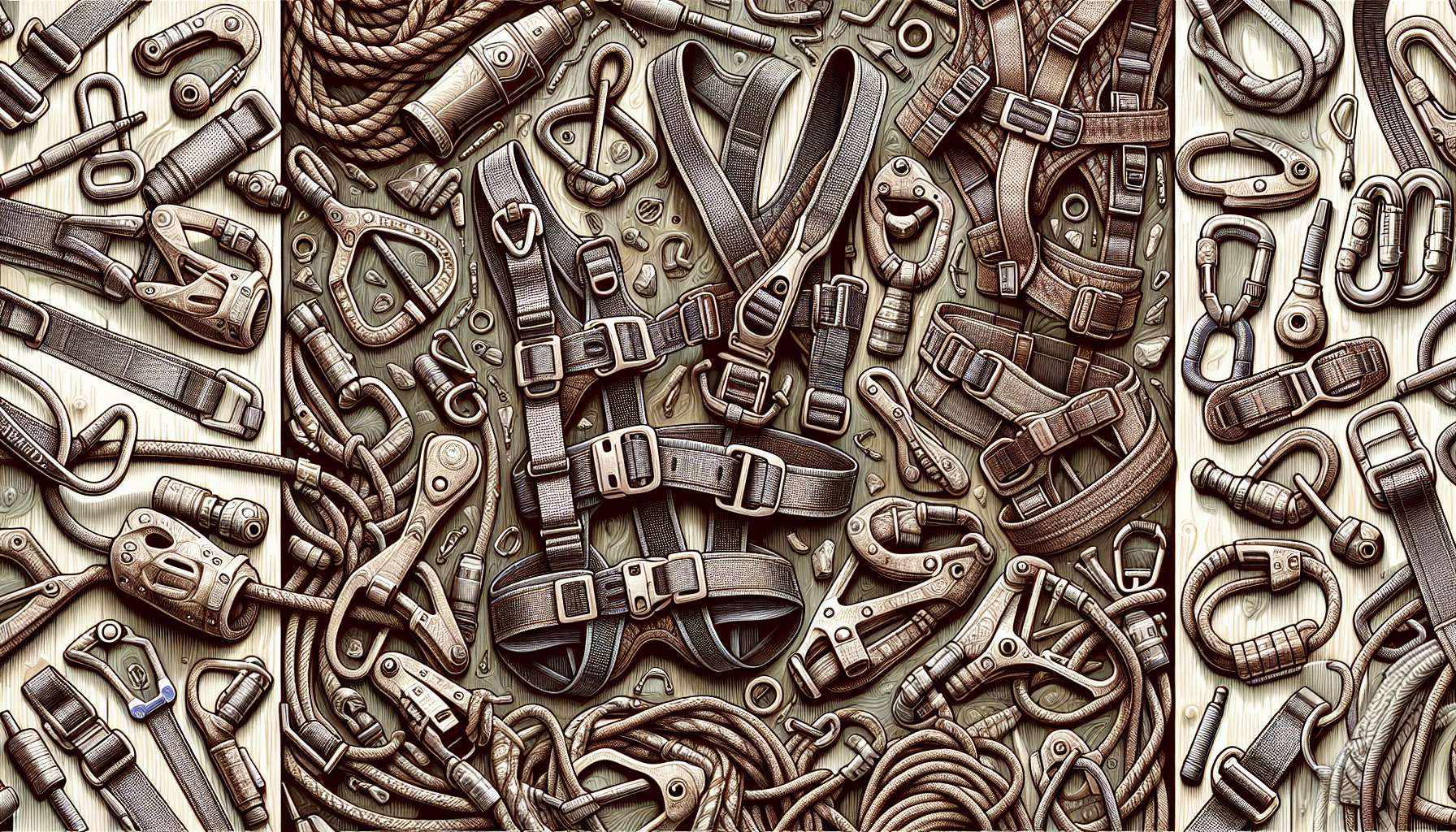Exploring the World of Freeze-Dried Meals
Imagine embarking on a wilderness adventure, exploring the great outdoors, or preparing for an emergency situation where access to fresh food is limited. How do you ensure that you have nutritious and delicious meals ready to go? This is where freeze-dried meals come into play. Freeze-dried meals have revolutionized the way we eat in various scenarios, providing convenience, portability, and extended shelf life without compromising on taste or nutrition. In this comprehensive guide, we delve into the fascinating world of freeze-dried meals, exploring their history, applications, benefits, and more. Let’s embark on this culinary journey together!
The Science Behind Freeze-Dried Meals
Freeze-drying, also known as lyophilization, is a dehydration process that involves freezing a product and then reducing the surrounding pressure to allow the frozen water in the product to sublimate directly from the solid phase to the gas phase. This process helps preserve the food’s structure, texture, flavor, and nutritional content, making it an ideal method for creating lightweight, compact, and long-lasting meals. The result is a product that is lightweight, easy to rehydrate, and retains much of its original flavor and nutritional value.
One of the key advantages of freeze-dried meals is their extended shelf life. By removing moisture from the food, freeze-drying significantly reduces the risk of bacterial growth and spoilage, allowing the meals to be stored for months or even years without refrigeration. This makes freeze-dried meals an excellent option for camping, hiking, backpacking, or emergency preparedness, where access to fresh food may be limited.
A Brief History of Freeze-Dried Meals
The concept of freeze-drying dates back to the ancient Peruvian Incas, who used the technique to preserve potatoes at high altitudes. However, it wasn’t until the early 20th century that freeze-drying became a commercial process, primarily used for preserving pharmaceuticals and blood plasma during World War II. In the 1960s, freeze-drying technology expanded into the food industry, with companies like NASA utilizing it to develop space food for astronauts.
Today, freeze-dried meals have become a staple in the outdoor and emergency preparedness industries, with a wide range of options available for consumers looking for convenient, lightweight, and nutritious meal solutions. From backpacking meals to emergency food kits, freeze-dried meals offer a practical and versatile solution for various situations.
The Benefits of Freeze-Dried Meals
There are numerous benefits to incorporating freeze-dried meals into your diet or emergency preparedness supplies. Some of the key advantages include:
Convenience:
Freeze-dried meals are lightweight, compact, and easy to prepare, making them an ideal option for on-the-go meals or outdoor adventures. Whether you’re camping, hiking, or traveling, freeze-dried meals provide a convenient and hassle-free way to enjoy a hot meal.
Nutrition:
Despite the dehydration process, freeze-dried meals retain much of their original nutritional content, including vitamins, minerals, and macronutrients. This makes them a healthy and balanced option for individuals looking to maintain their nutritional intake while on the go.
Long Shelf Life:
One of the most significant advantages of freeze-dried meals is their extended shelf life. With proper storage, freeze-dried meals can last for months or even years, making them an excellent option for emergency preparedness or long-term food storage.
Variety:
Freeze-dried meals come in a wide range of flavors and cuisines, allowing you to enjoy your favorite dishes even when you’re far from home. Whether you prefer savory entrees, sweet desserts, or hearty breakfast options, there is a freeze-dried meal to suit every palate.
Cost-Effective:
While freeze-dried meals may seem more expensive upfront compared to fresh or canned food, they offer excellent value in terms of convenience, shelf life, and nutritional content. Additionally, when you factor in the cost of preparing and cooking meals from scratch, freeze-dried meals can be a cost-effective option for busy individuals or outdoor enthusiasts.
Applications of Freeze-Dried Meals
Freeze-dried meals have a wide range of applications across various industries and settings. Some common uses include:
Outdoor Adventures:
Backpackers, hikers, and campers often rely on freeze-dried meals as a lightweight and portable meal solution while exploring the great outdoors. These meals are easy to prepare, require minimal cooking equipment, and provide essential nutrients to fuel outdoor activities.
Emergency Preparedness:
Many individuals and families stock up on freeze-dried meals as part of their emergency preparedness supplies. In the event of a natural disaster, power outage, or other emergencies, having a supply of shelf-stable, nutritious meals can provide peace of mind and ensure that basic nutritional needs are met.
Travel and On-the-Go:
Whether you’re embarking on a road trip, flying on a plane, or simply looking for a convenient meal option while on the go, freeze-dried meals offer a portable and lightweight solution. These meals can be easily stashed in a backpack, suitcase, or car for quick and easy access whenever hunger strikes.
Culinary Inspiration:
Chefs and home cooks alike have begun to embrace freeze-dried ingredients as a way to add unique flavors and textures to their dishes. From freeze-dried fruits for baking to freeze-dried herbs for seasoning, these ingredients can elevate the culinary experience and provide a creative twist to traditional recipes.
Challenges and Controversies
While freeze-dried meals offer numerous benefits, there are also some challenges and controversies associated with their use. Some common concerns include:
Sodium Content:
Many commercially available freeze-dried meals are high in sodium to enhance flavor and preserve the food. For individuals watching their sodium intake, this can be a concern. It’s essential to read the nutrition labels carefully and choose lower-sodium options when possible.
Environmental Impact:
The production and packaging of freeze-dried meals can have an environmental impact, particularly in terms of energy consumption and waste generation. Some companies are taking steps to reduce their carbon footprint by using sustainable practices and eco-friendly packaging materials.
Quality Control:
Not all freeze-dried meals are created equal, and the quality can vary significantly between brands and products. It’s essential to research reputable companies and read reviews to ensure that you’re getting high-quality, nutritious meals that meet your dietary needs and taste preferences.
Expert Opinions
According to nutritionists and food experts, freeze-dried meals can be a convenient and practical option for individuals with busy lifestyles or those in need of emergency food supplies. These meals offer a balance of nutrients, are easy to prepare, and have a long shelf life, making them a versatile option for various situations.
However, experts also emphasize the importance of reading nutrition labels, choosing meals with whole ingredients, and supplementing freeze-dried meals with fresh fruits, vegetables, and other whole foods to ensure a well-rounded diet. While freeze-dried meals can be a valuable addition to your pantry or emergency kit, they should not replace a balanced and varied diet.
Conclusion
To wrap things up, freeze-dried meals have transformed the way we eat in a variety of settings, from outdoor adventures to emergency preparedness. These meals offer convenience, nutrition, and versatility, making them a valuable option for individuals looking for quick and easy meal solutions. While there are challenges and controversies surrounding freeze-dried meals, their benefits far outweigh the drawbacks for many consumers.
Whether you’re a backpacker looking for lightweight meal options, a busy professional in need of quick and nutritious meals, or a prepper stocking up on emergency supplies, freeze-dried meals provide a practical and reliable solution. By understanding the science behind freeze-drying, exploring the history and applications of freeze-dried meals, and considering expert opinions and common misconceptions, you can make informed choices about incorporating freeze-dried meals into your diet and lifestyle.




